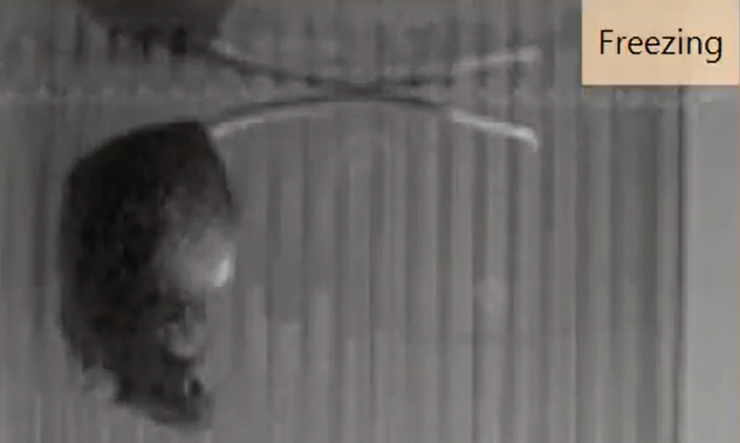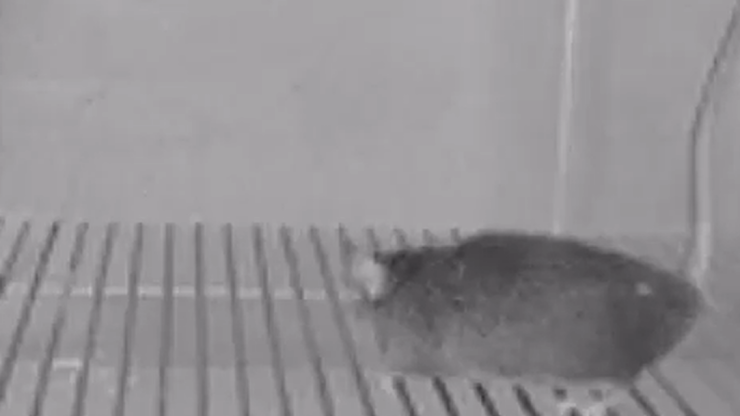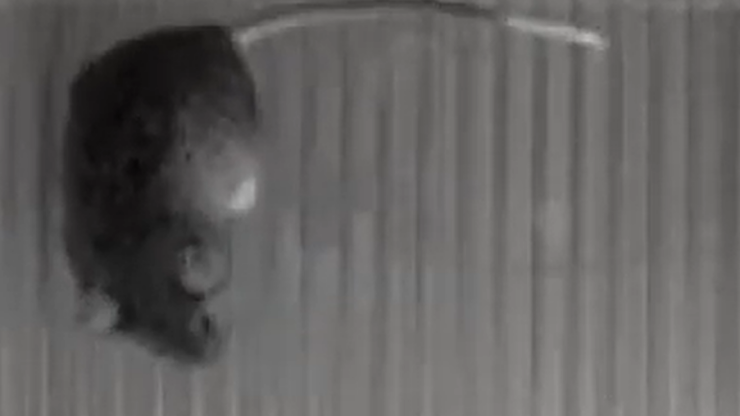Automation of the fear conditioning test requires accurate detection of freezing episodes and flexible and intuitive control of the shocker and cues
ANY-maze has these requirements covered. Freezing detection is sensitive and robust, while procedures provide a simple but powerful mechansim for controlling equipment - you'll find all the details on the Benefits tab below.
On the other tabs you'll find some videos of fear conditioning tests, as well as details of recommended equipment and a list of results that are especially useful in this test.
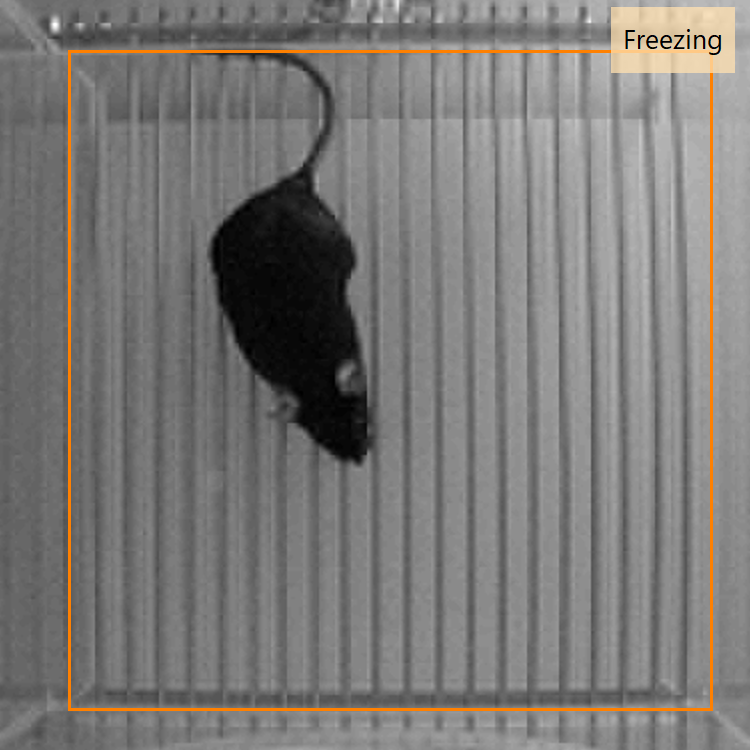
Sensitive scoring of freezing episodes
ANY-maze detects freezing by looking for changes in the video images which are caused by something other than image ‘noise’.
Image noise is that flickering of dots which gets worse in low light, and the fact that ANY-maze ignores it, means it can detect freezing even in quite noisy images. This is important as fear conditioning tests are quite often performed in low light or darkness.
Watch the video on the right to see freezing detection in action.
ANY-maze can directly control fear conditioning equipment
Fear conditioning typically uses foot shocks as an aversive stimulus and by using the ANY‑maze Relay interface (pictured here), ANY-maze is able to control most shockers available today.
Furthermore, the ANY‑maze Audio interface provides six sound channels, which can be used to generate cue tones. It can also control lights to create visual cues.
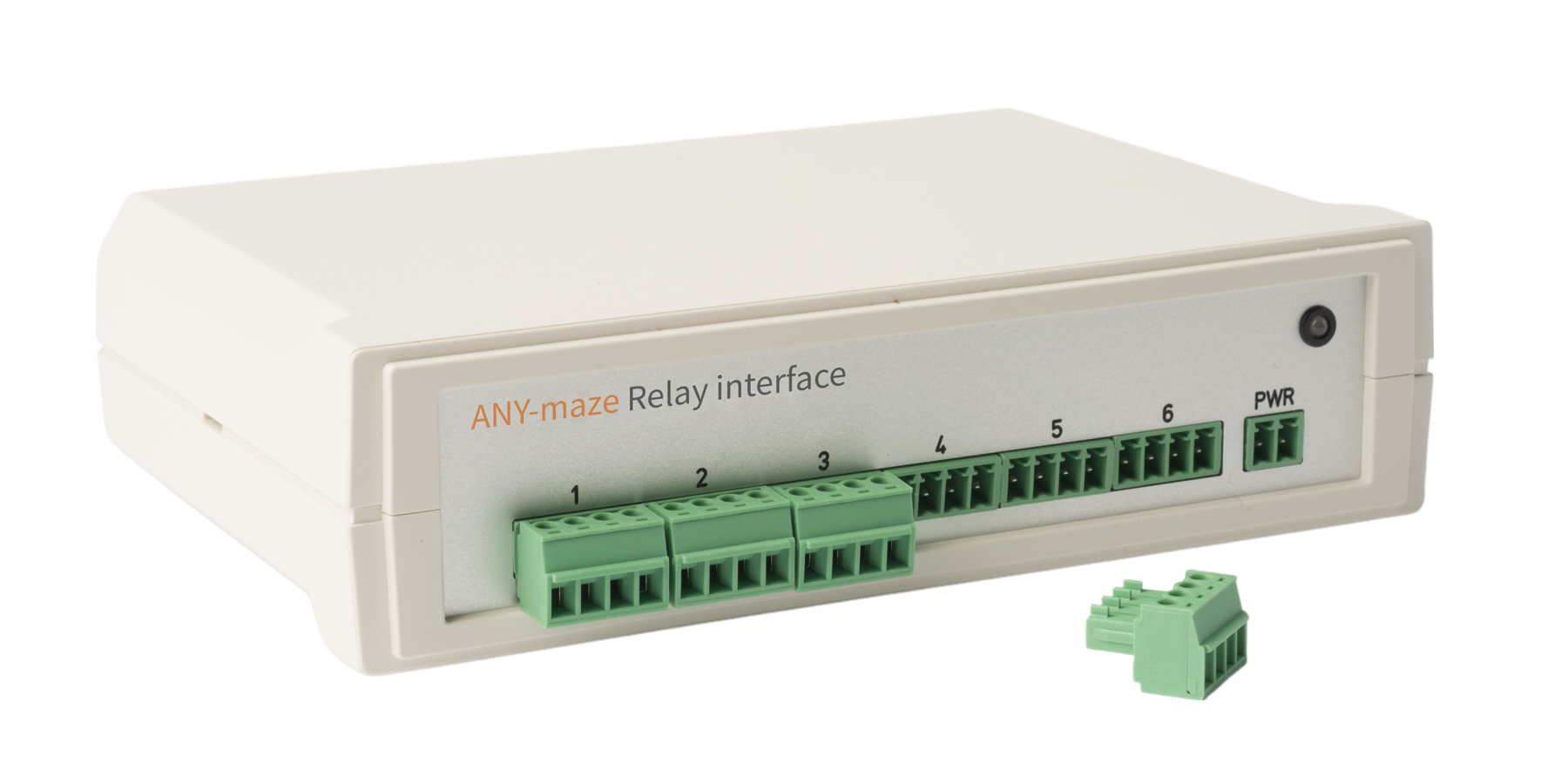
Defining fear conditioning protocols
ANY-maze procedures provide an straightforward, yet powerful, way to define fear conditioning protocols.
Procedures use a simple drag-and-drop interface to build up a series of commands. For example, the procedure on the right will repeat the following sequence 10 times: Wait 30 seconds, play a tone, wait 5 seconds, apply a shock. (The duration of the tone and of the shock are set elsewhere).
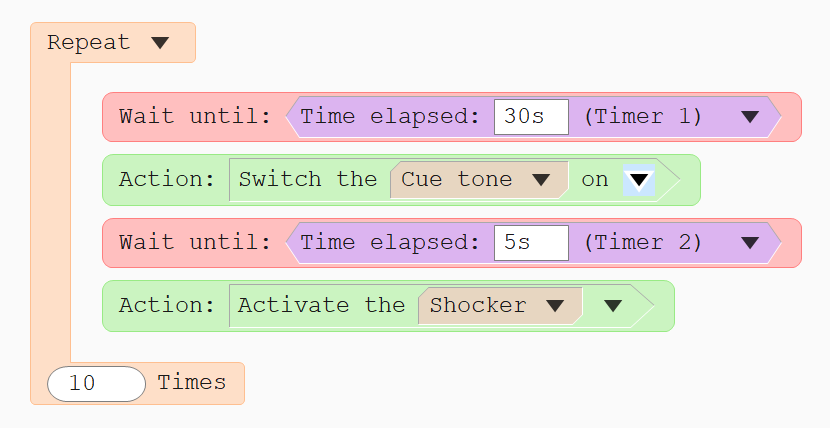
Running multiple tests simultaneously
Running multiple tests simultaneously is a great way to speed up the throughput in an experiment.
- Setting up multiple cages is hardly any more work than setting up one, as most settings are automatically applied across all the apparatus.
- Tests in all the apparatus can be run independently, or you can control them together if you prefer.
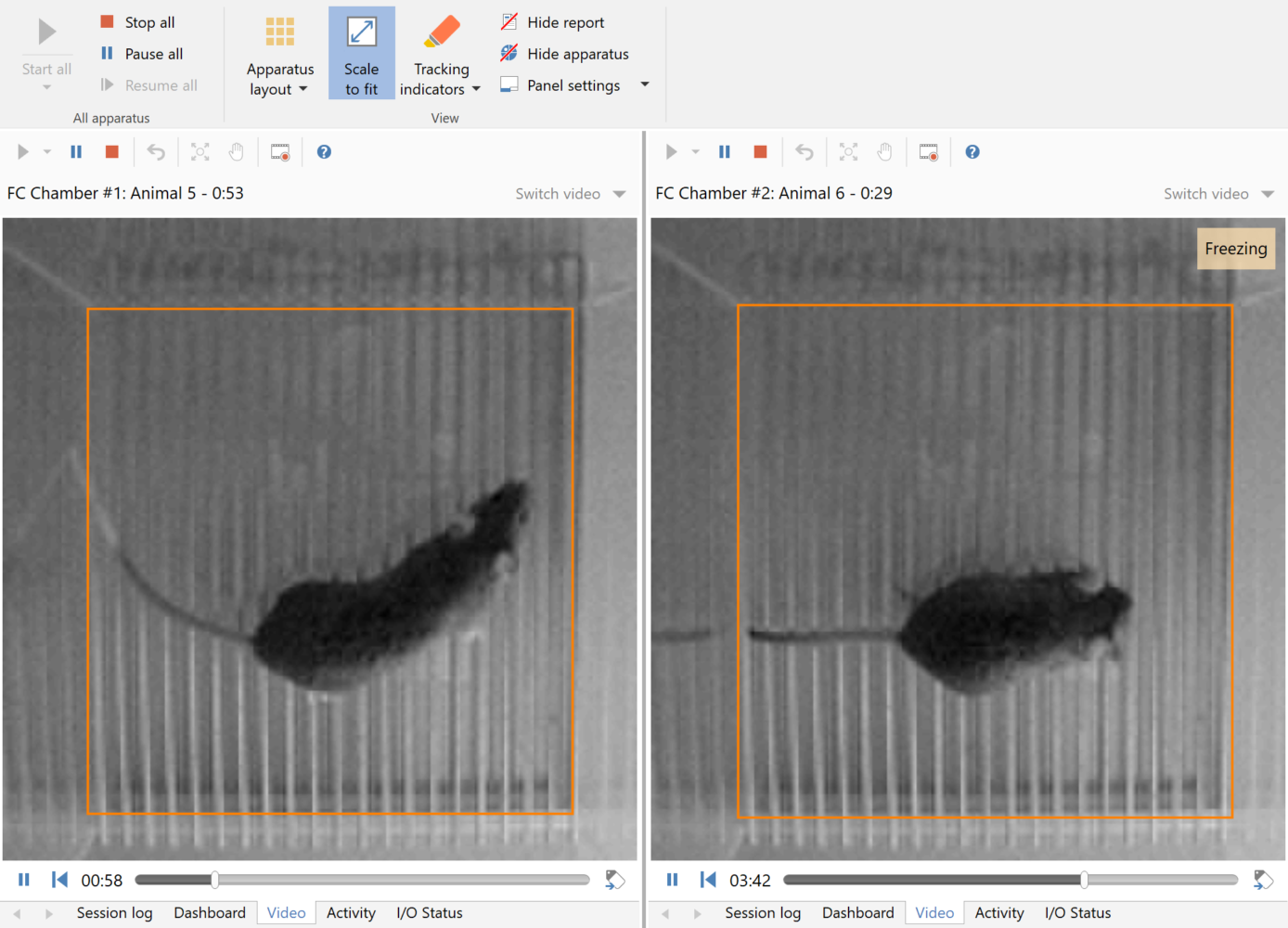
Results
ANY-maze can provide literally hundreds of results for any test, but some of those that are commonly used in Fear Conditioning include:
- Total freezing episodes
- Total time freezing
- Latency to start of first freezing episode
- Latency times between stimuli and freezing events
Complete system
Our complete Fear Conditioning system includes everything required to run contextual or acoustically-cued fear conditioning experiments. The system consists of a sound attenuating chamber containing a camera, lights, speaker, fan and a cage with a shock floor.
View more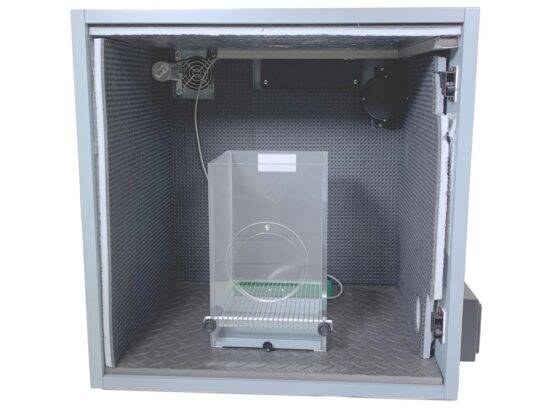
Components
ANY‑maze Audio interface
The ANY‑maze Audio interface has six outputs each of which can independently play white noise, tones or a sound file to generate audible cues.
View more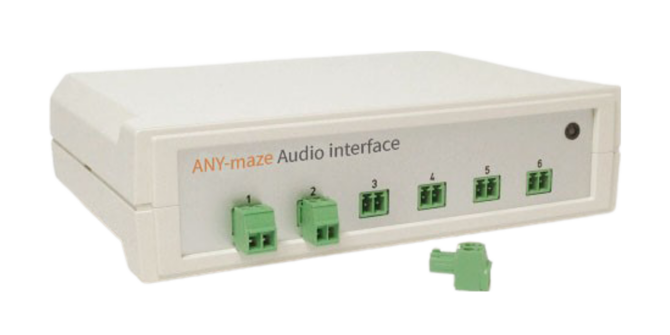
ANY‑maze speaker
The ANY‑maze speaker connects directly to the ANY‑maze Audio interface and can be used to create audible cues for the animals.
View more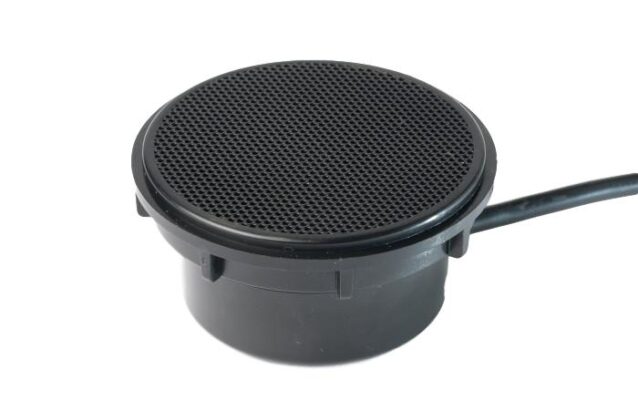
ANY‑maze Digital interface
The ANY‑maze Digital interface can be directly connected to ANY‑maze cue lights to create visual cues for the animals.
View more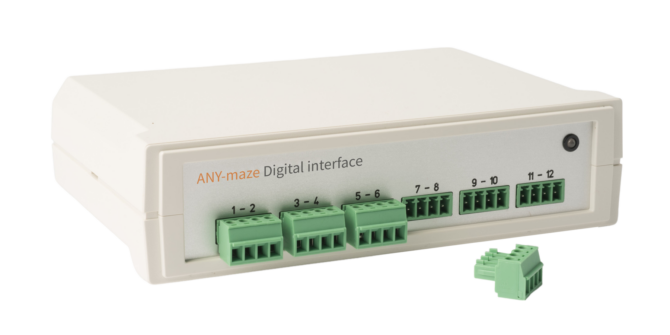
ANY‑maze Cue lights
The ANY‑maze Cue lights are perfect for providing visible cues to animals. They're available in a variety of colours and sizes
View more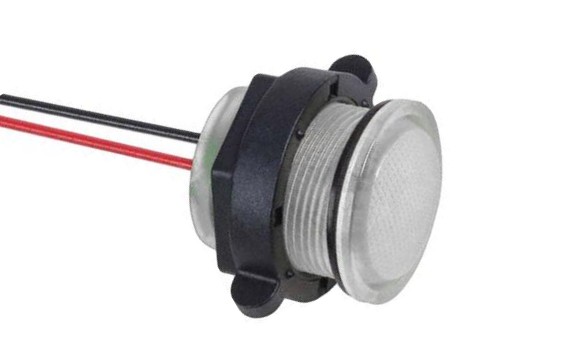
ANY‑maze shocker
When paired with the ANY‑maze shocker, ANY‑maze is able to directly control the onset, duration and intensity of shocks. The shocker simply connects to the PC via USB.
View more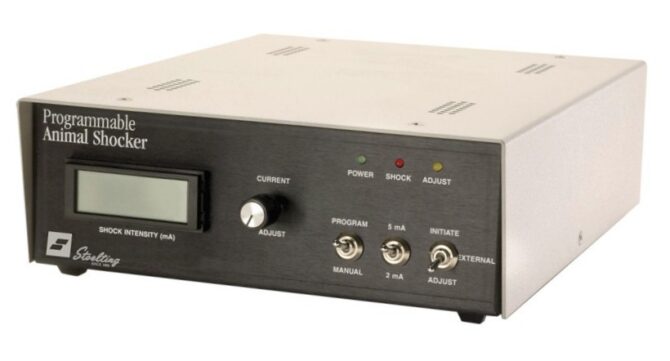
ANY‑maze Relay interface
The ANY‑maze Relay interface is able to control most most commonly available shockers. (Not required if you use the ANY‑maze shocker, which connects directly to a USB port).
View more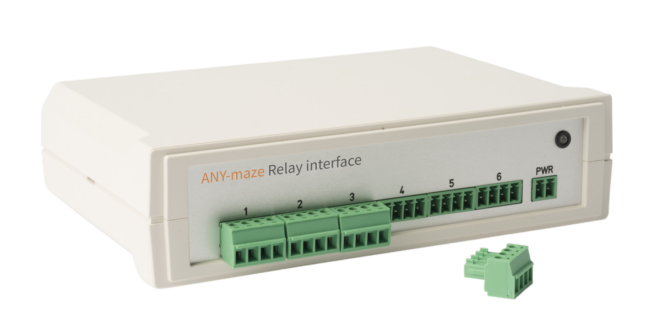
Cameras
USB Camera
The ANY-maze USB camera is compact enough to fit inside most sound attenuating chambers and can be fitted with a varifocal (zoom) lens so you can zoom in and out until the cage nicely fits the camera's view.
View more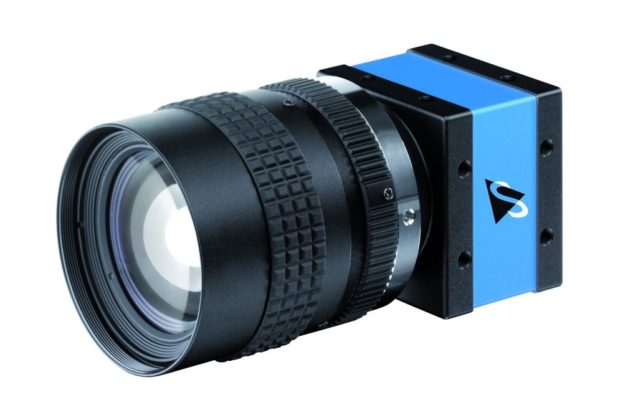
Lighting
Infrared illuminator
An infrared illuminator allows you to perform tests in very low light or even complete darkness. This requires an infrared sensitive camera, but most cameras, including the ANY-maze USB camera are IR sensitive.
View more
Achilly, N.P., Wang, W. & Zoghbi, H.Y. (2021) Presymptomatic training mitigates functional deficits in a mouse model of Rett syndrome. Nature 592, 596–600
D’Adamo P, Horvat A, et al. (2021). Inhibiting glycolysis rescues memory impairment in an intellectual disability Gdi1-null mouse. Metabolism: clinical and experimental, 116, 154463. https://doi.org/10.1016/j.metabol.2020.154463
Knox D, Della Valle R, et al. (2021) PI3K-Akt Signaling in the Basolateral Amygdala Facilitates Traumatic Stress Enhancements in Fear Memory. Int J Neuropsychopharmacol. 2021 Mar 17;24(3):229-238. doi: 10.1093/ijnp/pyaa083.
Rashid H, Ahmed T. (2021) Gender dimorphic effect of dopamine D2 and muscarinic cholinergic receptors on memory retrieval. Psychopharmacology (Berl). 2021 Apr 23. doi: 10.1007/s00213-021-05847-2.
Tucker LB, Fu AH, McCabe JT. (2021) Hippocampal-Dependent Cognitive Dysfunction following Repeated Diffuse Rotational Brain Injury in Male and Female Mice. J Neurotrauma. 2021 Apr 28. doi: 10.1089/neu.2021.0025
Wiktorowska L, Bilecki W, et al. (2021) Knockdown of the astrocytic glucocorticoid receptor in the central nucleus of the amygdala diminishes conditioned fear expression and anxiety. Behav Brain Res. 2021 Mar 26;402:113095. doi: 10.1016/j.bbr.2020.113095
Ma C, Hunt JB, Selenica MB, et al. (2021) Arginase 1 Insufficiency Precipitates Amyloid-β Deposition and Hastens Behavioral Impairment in a Mouse Model of Amyloidosis. Front Immunol. 2021 Jan 14;11:582998. doi: 10.3389/fimmu.2020.582998
Vidal V, Puente A, García-Cerro S, et al. (2021) Bexarotene Impairs Cognition and Produces Hypothyroidism in a Mouse Model of Down Syndrome and Alzheimer’s Disease. Front Pharmacol. 2021 Apr 15;12:613211. doi: 10.3389/fphar.2021.613211
Sneddon EA, Riddle CA, et al. (2020) Selective enhancement of fear learning and resistance to extinction in a mouse model of acute early life trauma. Learn Mem. 2020 Dec 15;28(1):12-16. doi: 10.1101/lm.052373.120.
Vu PA, McNamara EH, et al. (2020) Behavioral responses following repeated bilateral frontal region closed head impacts and fear conditioning in male and female mice. Brain Res. 2021 Jan 1;1750:147147. doi: 10.1016/j.brainres.2020.147147
H. Rashid & T. Ahmed (2018) Gender dependent contribution of muscarinic receptors in memory retrieval under sub-chronic stress; Neuroscience Letters 2018; 681:6-11
S.M. Raefsky et al. (2018) Deuterated polyunsaturated fatty acids reduce brain lipid peroxidation and hippocampal amyloid β-peptide levels, without discernable behavioral effects in an APP/PS1 mutant transgenic mouse model of Alzheimer’s disease; Neurobiology of Aging 2018; 66:165-176
C. Smith, et al. (2018) Dietary polyphenols enhance optogenetic recall of fear memory in hippocampal dentate gyrus granule neuron subpopulations; Communications Biology 2018; 1:42
A.E. Reimer, et al. (2018) Fear extinction in an obsessive-compulsive disorder animal model: Influence of sex and estrous cycle; Neuropharmacology 2018; 131:104-115
J.C. Olaya et al. (2018) Schizophrenia-relevant behaviours of female mice overexpressing neuregulin 1 type III; Behavioural Brain Research 2018; 353:227-235
K Shang et al. (2017) Parent-of-origin effects on schizophrenia-relevant behaviours of type III neuregulin 1 mutant mice, Behav Brain Res 2017;332:250-258.
Lei, Mona, et al. (2017) Contextual fear conditioning is enhanced in mice lacking functional sphingosine kinase 2. Behavioural Brain Research (2017).
R Habiba et al., (2017) Role of Cholinergic Receptors in Memory Retrieval Depends on Gender and Age of Memory Behavioural Brain Research 2017;331:323-240
Solecki, Wojciech B., et al. (2017) Alpha1-adrenergic receptor blockade in the VTA modulates fear memories and stress responses. European Neuropsychopharmacology (2017).
Verma, Megha, and J. S. Schneider. (2017) Strain Specific Effects of Low Level Lead Exposure on Associative Learning and Memory in Rats. NeuroToxicology (2017).
L Sun, et al. (2017) Activation of cannabinoid receptor type 2 attenuates surgery-induced cognitive impairment in mice through anti-inflammatory activity. Journal of Neuroinflammation 2017 14:138
Szklarczyk K et al. (2015) Opioid-dependent regulation of high and low fear responses in two inbred mouse strains. Behavioural Brain Research 292: 95–101
Landlinger C et al. (2015) Active immunization against complement factor C5a: a new therapeutic approach for Alzheimer’s disease. Journal of Neuroinflammation 12:150
Lach G, Monteiro de Lima TC (2013) Role of NPY Y1 receptor on acquisition, consolidation and extinction on contextual fear conditioning: Dissociation between anxiety, locomotion and non-emotional memory behavior. Neurobiology of Learning and Memory 103: 26-33
Zhang W, Rosenkranz JA (2013) Repeated restraint stress enhances cue-elicited conditioned freezing and impairs acquisition of extinction in an age-dependent manner. Behavioural Brain Research 248:12-24

 Setting up apparatus
Setting up apparatus Video capture & tracking
Video capture & tracking Observing behaviour
Observing behaviour Connecting equipment
Connecting equipment Automating complex tests
Automating complex tests Running tests
Running tests Results
Results Visualising data
Visualising data Analysis
Analysis Transferring data
Transferring data Open field
Open field Water-maze
Water-maze Y-maze
Y-maze Fear conditioning
Fear conditioning Novel object
Novel object Barnes maze
Barnes maze Radial arm maze
Radial arm maze Forced swim test
Forced swim test Light/dark box
Light/dark box Operant conditioning
Operant conditioning Zebrafish
Zebrafish Computers
Computers Accessories
Accessories Digital interface
Digital interface Optogenetic interface
Optogenetic interface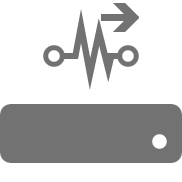 Synchronisation interface
Synchronisation interface Relay interface
Relay interface Audio interface
Audio interface Touch interface
Touch interface Analogue interface
Analogue interface USB TTL cable
USB TTL cable Animal shocker
Animal shocker Components
Components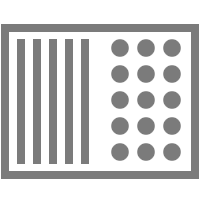 Place preference
Place preference ANY-box
ANY-box T-maze
T-maze Zero maze
Zero maze Hole board
Hole board Sociability cage
Sociability cage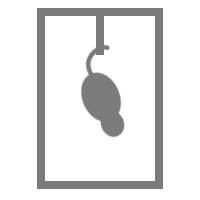 Tail suspension
Tail suspension OPAD
OPAD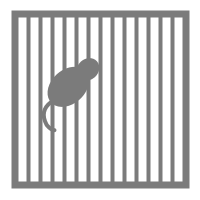 Parallel rod test
Parallel rod test RAPC
RAPC Thermal gradient ring
Thermal gradient ring Operon
Operon Activity Wheel
Activity Wheel Full ANY-maze licence
Full ANY-maze licence Other licence types
Other licence types Developing countries licence
Developing countries licence Contact support
Contact support Support Policy
Support Policy FAQs
FAQs Guides
Guides Downloads
Downloads Send us files
Send us files Activate a licence ID
Activate a licence ID Contact us
Contact us Blog
Blog About
About Testimonials
Testimonials Privacy Policy
Privacy Policy
